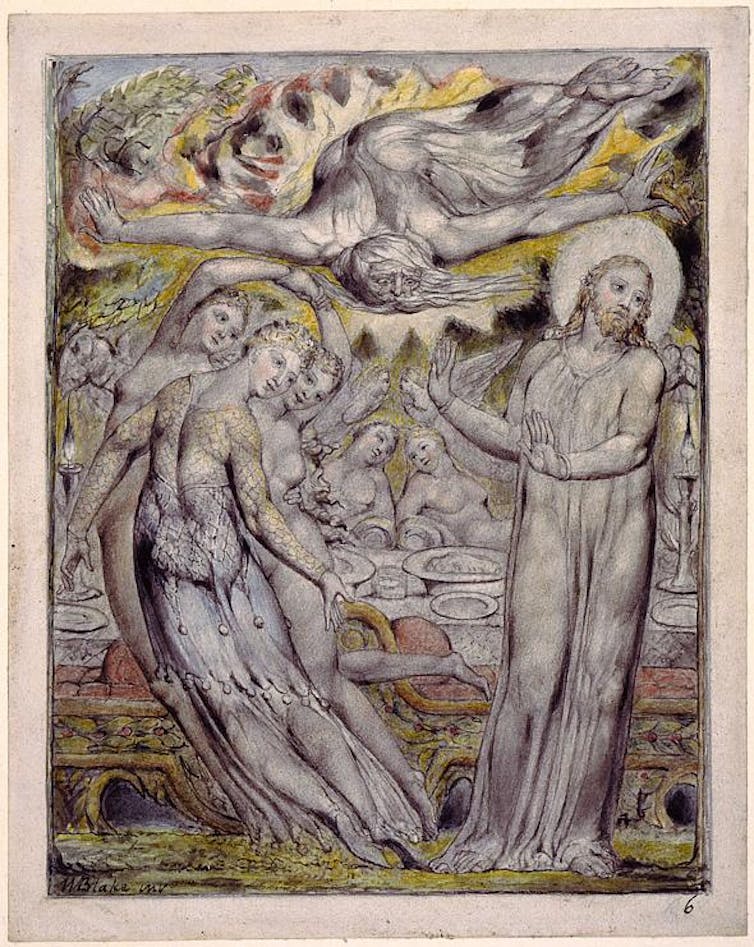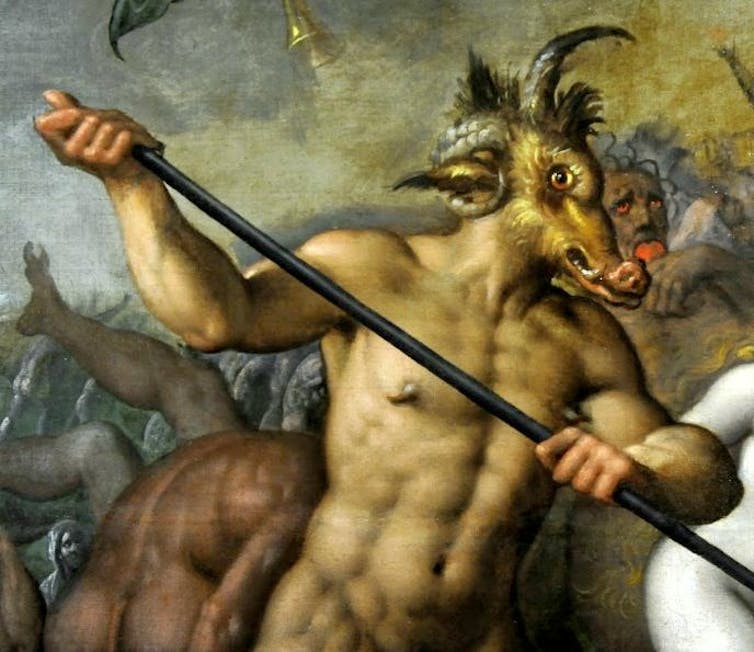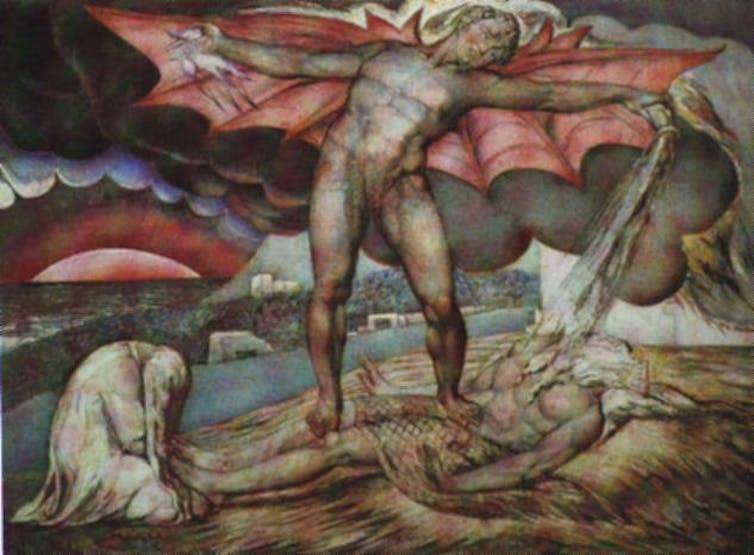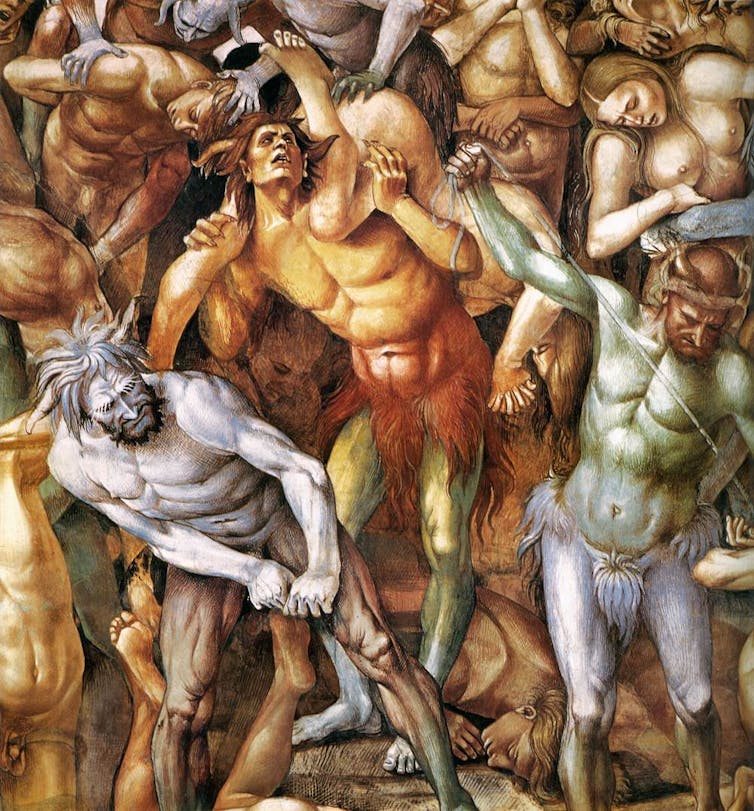Excerpts from Consciencism
by Dr. Kwame Nkrumah
The eighteenth-century African philosopher from Ghana, Anthony William Amo, who taught in the German Universities of Halle, and Wittenberg, pointed out in his De Humanae Mentis Apatheia that idealism was enmeshed in contradictions. The mind, he said, was conceived by idealism as a pure, active, unextended substance. Ideas, the alleged constituents of physical objects, were held to be only in the mind, and to be incapable of existence outside it. Amo's question here was how the ideas, largely those of physical objects, many of which were ideas of extension, could subsist in the mind; since physical objects were actually extended, if they were really ideas, some ideas must be actually extended. And if all ideas must be in the mind, it became hard to resist the conclusion that the mind itself was extended, in order to be a spatial receptacle for its extended ideas. The contradiction is in the denial of the spatial nature of mind and the compulsion to harbor spatial objects in it. For in idealism it is not only our bodies which are in our minds, instead of our minds being in our bodies; the whole universe, to the extent that we can perceive or be aware of it, is neatly tucked away in our minds.
Kwame Nkrumah - Wikipedia
The Biography Of Dr Kwame Nkrumah: The Father Of African ...
2021-07-21 · Kwame Nkrumah, Prime Minister from 1957 to 1960 and President of the Republic of Ghana from 1960 to 1966. He was the leader of the first sub-Saharan African nation to gain its independence from Britain. He went on to become a leading figure in the campaign for a United States of Africa.






















